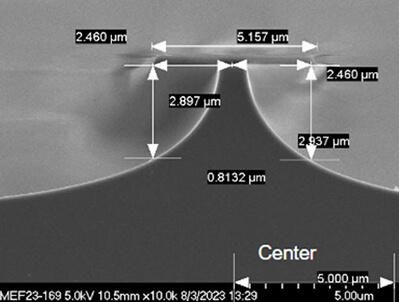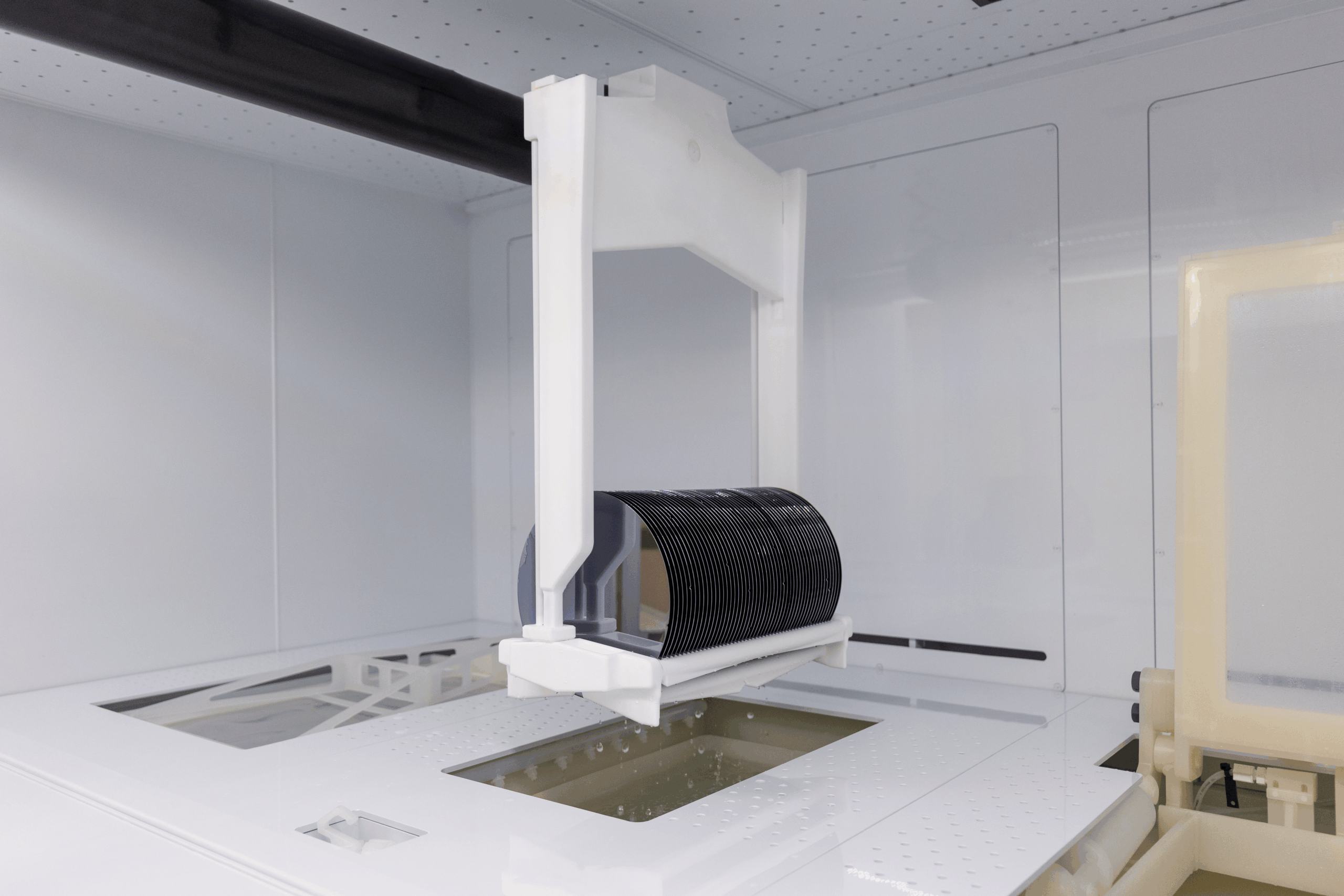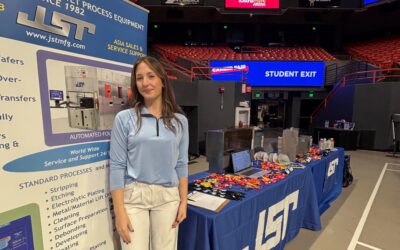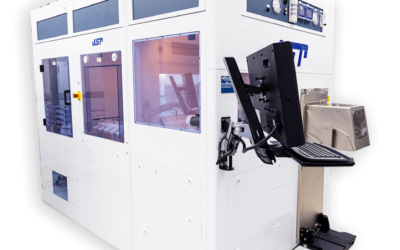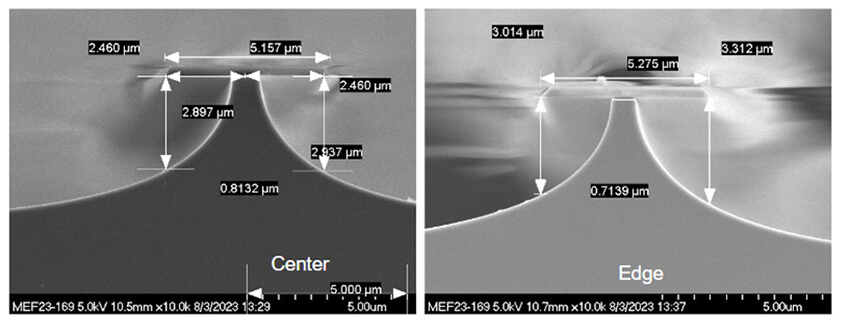 Today’s society is demanding continuously faster connectivity, not only for artificial intelligence (AI)-enabled technologies, but for all applications. As the need for computing power grows, so does emerging tech such as AI, in both commercial and residential spaces, which is driving both the optoelectronics and fiberoptics markets. Optoelectronics is increasingly used to improve the efficiency of data transmission; using light instead of electrical signals allows data to be transmitted at much higher speeds and with greater reliability. This growing market demand puts pressure on suppliers to continuously upgrade their manufacturing processes to enhance performance and reduce costs, which is where hydrogen bromide (HBr) wet etching is demonstrating a strong competitive advantage.
Today’s society is demanding continuously faster connectivity, not only for artificial intelligence (AI)-enabled technologies, but for all applications. As the need for computing power grows, so does emerging tech such as AI, in both commercial and residential spaces, which is driving both the optoelectronics and fiberoptics markets. Optoelectronics is increasingly used to improve the efficiency of data transmission; using light instead of electrical signals allows data to be transmitted at much higher speeds and with greater reliability. This growing market demand puts pressure on suppliers to continuously upgrade their manufacturing processes to enhance performance and reduce costs, which is where hydrogen bromide (HBr) wet etching is demonstrating a strong competitive advantage.
Wet HBr Etching Advantages for Compound Semiconductor Manufacturing
Manufacturing compound semiconductors involves two primary etch processes, wet etching and plasma etching. Plasma etching historically offered superior uniformity, but this came at a cost to manufacturers. Today, an emerging wet etching process using HBr chemistry is delivering uniformity that rivals that of plasma etching processes while being more cost-effective. A key advantage of wet HBr etching from JST is its ability to accurately control the shape and size of features etched into materials with a highly uniform etch process.
Solving Uniformity Challenges Using Wet Etching
Just like any wafer etching process, the HBr wet etching process comes with challenges. A critical one is achieving uniformity—the ability to repeatedly etch the wafer at the same depth from center to edge. JST Manufacturing has solved that problem. While competitive solutions are achieving 5% uniformity, JST’s proprietary HBr process shows 1% to 2% uniformity across multiple customer wafer tests, with excellent repeatability. Together, uniformity and repeatability (wafer to wafer) are the factors that drive the yield requirements needed to meet end-market demands.
JST’s HBr etch also solves the related challenge of uneven etching on the mesa, offering another strong competitive advantage. By using a carefully distributed wet etch approach, the chemistry can etch faster and more uniformly on the via structures to deliver an even etch and improving uniformity results.
Using HBr Wet Etch to Meet Customer Yield Requirements
JST’s Ospray single-wafer wet process systems leverage the company’s extensive expertise in wet process equipment for front-end and back-end applications. Compound semiconductors used in optoelectronics applications such as lasers, LEDs, and photodiodes are a key target market for the HBr etch process. The Ospray system has a small footprint and flexible configuration, making it an ideal design to support manual operations for smaller labs and offering automated high-volume manufacturing (HVM). JST offers a fleet of wet process equipment and process engineering experts to support fabs and achieve unprecedented flexibility, precision, and repeatability during the etching process.
The Ospray works by applying an automated chemical spray process to a single wafer for tight process control. It is equipped with programmable oscillating spray nozzles and wafer rotational speed (RPM), along with precision adjustment of the distance between the nozzles and the surface of the wafer.
JST’s Ospray system is production-proven for HBr etch, with multiple customers successfully using it to address the increasing yield requirements necessary to meet the demands of the optoelectronics and fiberoptics markets. Learn more about our wet process systems, or contact us to learn how JST’s HBr etch process can support your manufacturing needs.

